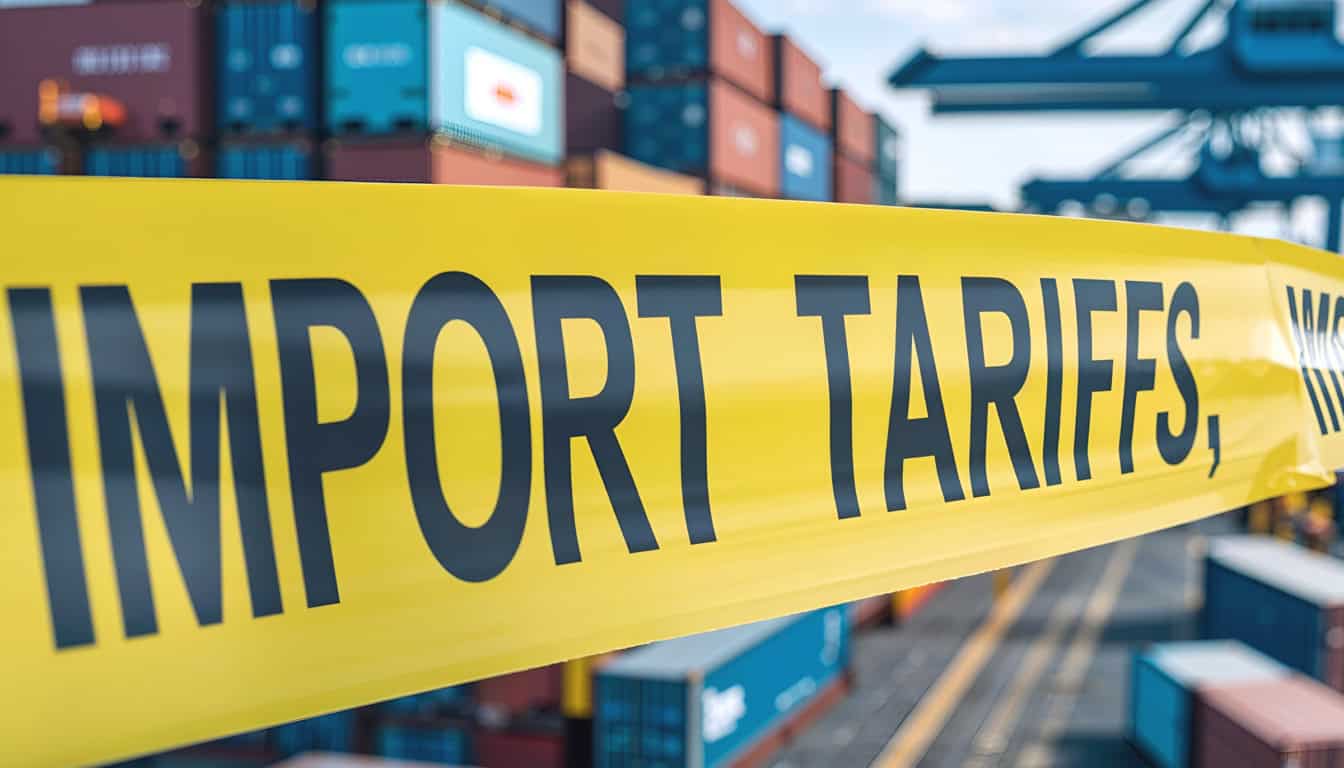DSC and CJ Logistics have joined together to advance integrated global supply chain innovation. As part of this movement, DSC has plans to accelerate the implementation of technology to deliver customer value. Developments will include new WMS technology and several TES (Technology, Engineering, Systems & Solutions) applications to be implemented across various DSC locations and customer networks over the next two years.
One element of this initiative includes the implementation of Vision Guided Vehicles (VGVs). In collaboration with a leading food and CPG strategic partner customer, DSC has successfully implemented VGVs in a 730,000 square foot logistics center in Southern Illinois supporting an attached manufacturing plant.
VGVs augment and replace conventional forklifts, traveling the length of the facility, pulling product on tugger carts from one location to another. Up to eight pallets can be carried per trip on a single VGV. When DSC first started looking at minimizing forklift travel in large facilities, studies showed that operators were spending more than 70 percent of active time traveling on forklifts from one point to another. With VGVs to handle long-distance travel, operator time and efforts are better utilized to focus on product placement and picking precision.
In the case of DSC’s first VGV project environment, manufactured product comes off of the production line from the plant and into the warehouse via a conveyor, where it has to be removed and placed into storage. VGV’s are being utilized to reduce congestion and improve efficiency and safety at the conveyor location. Following instructions from the Warehouse Management System (WMS), operations specialists remove product from the conveyor and place it on the VGV carts according to the storage location in the warehouse. The VGV then carries product to a drop off point or hub, where operators remove the product and send the empty VGV back to the conveyor. Operators at the drop off location perform final placement of pallets, just a short distance away.
VGVs operate on three different routes created by the DSC team. The VGVs are trained on their routes by Jacob Ejankowski, Optimization Analyst. The devices record the visual environment, driving motions and other operating conditions as they travel from point A to point B and back to A during the training missions.
“The local team has done a fantastic job of accepting the VGVs and making them part of their daily routine,” said Ejankowski. “With a project of this magnitude, change is always hard. Everyone is willing to work through challenges that arise because they see the benefits.” This openness to change was noted by Seegrid, the VGV vendor, and the customer as setting DSC apart from other providers.
Ongoing collaboration between DSC’s Operations, Engineering and IT teams, Seegrid, and the customer has been critical to the project’s success so far. “We continue to work together, always looking for ways to improve,” said Tabatha Helm, Supply Chain Leader. “One recent example of our collaboration is the utilization of daily plant production data to optimize the number of VGVs needed on each of the three routes.”
The result is not only a cost savings for the customer, but also reduced congestion and improved safety in the conveyor work area. Additionally, the use of VGVs provides an advantage in smaller markets where operator applicants and resources are limited.
This is just one of many TES projects underway at DSC Logistics. Implementations of new technology will be customer-focused and it will be a collaborative process,” said Kevin Glynn, CIO of DSC Logistics. “Everything we are doing has our customers’ business goals in mind.”
About DSC, a CJ Logistics Company
Ready to lead in the global marketplace, DSC joined with CJ Logistics to deliver customer value in new and expanded ways. Together, we are advancing dynamic supply chain leadership and accelerating integrated global supply chain innovation. More at dsclogistics.com.



